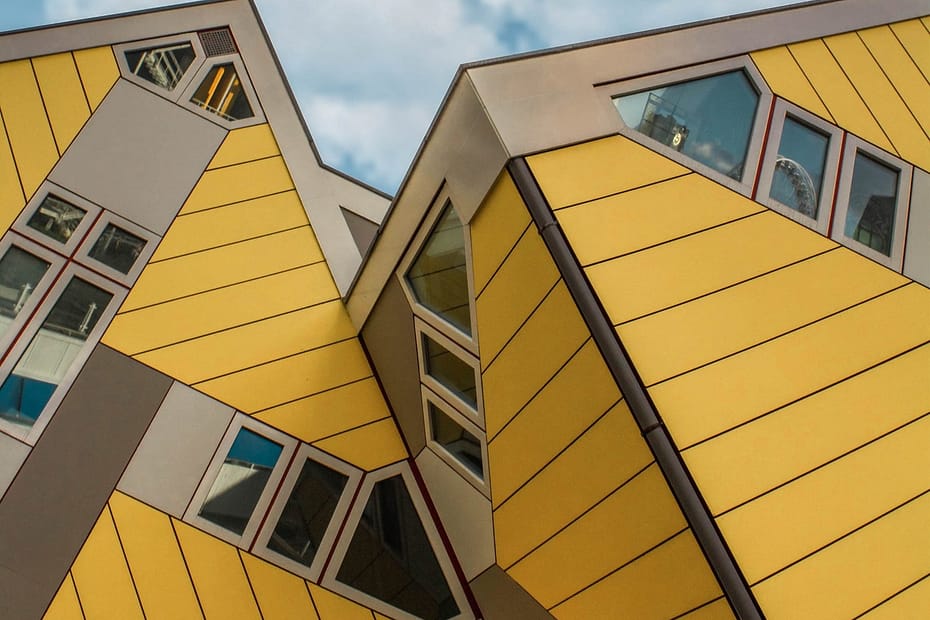While still essential to the planning stage, physical modeling has lagged behind technological advancements. The phases of planning and building have been improved by digitization and automation, but scale models have mainly not changed. That can be altered with 3D-printed architectural model.
Traditional model-building methods like milling and turning have become more precise and faster thanks to CAD software. By reducing human intervention and adding material rather than removing it, 3D printing, also known as additive manufacturing, expands on these advantages. Here are five ways that this technique improves upon architectural mode.
Quicker Response Times
The fact that 3D printed architectural model can be produced significantly more quickly is one of its main advantages.
The 3D printer can complete the rest of the procedure on its own after the digital design is complete. Hence, while working on other projects or overnight, architects might produce physical models.
These turnaround times are further accelerated by complementary digital technologies. You can include thousands of pre-made 3D models into your larger plans by using contemporary design tools. By simply plugging these components in rather than creating them from scratch, you can start printing more quickly.
CAD and 3D modeling are still useful for other approaches, but 3D printing maintains that speed throughout the production process as well as during planning. Turnaround times of fewer than 24 hours may emerge as a result of certain circumstances.
Honesty Regarding CAD Models
Moreover, additive manufacturing is extremely accurate. 3D printing automates the process of model-building, reducing errors in the same way that CAD software does during the design phase.
3D printers automatically follow digital designs to the letter. The only human interaction required is to modify the specifications and click “print.” Consequently, they strive to create a physical product that closely resembles the digital model it is based on. The design itself is the only area where human error can occur.
This accuracy guarantees that the effort and time you put into developing digital designs won’t be wasted on a physical modeling process that isn’t up to par. Stakeholders will receive precisely the model you created.
As a result, even if they do not have access to the original CAD file, it will be simpler for others to understand your original concept.
More Extensive Detail
Likewise, compared to traditional options, 3D-printed architectural model can have additional intricacy. It is challenging to machine precision parts and assemble handmade models because you need room to move your tools. These limitations do not apply to additive manufacturing, which operates by depositing material rather than cutting into it.
There are various reasons why this level of information is crucial. Initially, it offers a more precise depiction of the final project’s appearance. In turn, this faithfulness makes it simpler to identify possible problems before beginning construction.
Given that thirty percent of construction projects include rework, mistake prevention plays a significant role.
A model with more detail is likewise more captivating. Although it won’t have the same immediate effect as avoiding rework, it will increase the likelihood that other stakeholders will support you.
Ecological
There are environmental advantages to additive manufacturing as well. Compared to traditional processes, this approach creates less material waste and requires less energy. Biodegradable filaments can also be used with 3D printers to produce more environmentally friendly final goods.
This industry has historically struggled with sustainability. While not the only process to address in order to become more sustainable is the construction of models, this is a crucial first step. Taking care of the environment here helps to foster an eco-friendly image for the entire firm.
Over time, cutting waste and pollution will become more and more crucial. Businesses that are more environmentally friendly will gain public support as climate-related issues gain prominence and restrictions tighten. On the other hand, companies who don’t go green risk losing clients.
Economical Advertising
Digital mock-ups are not as visually appealing as physical models when it comes to showcasing a project or advertising a development company. But producing them the old-fashioned way is expensive. Manually building models takes time, and machining wastes expensive resources.
The most economical architectural models are those that are 3D printed. They produce little to no material waste and need less time to produce.
Considering the number of projects and models a team produces in a given year, even while these savings might not seem like much in any one particular case, they do build up over time.
Merely 8.5% of construction projects are completed on time and within budget. Companies in this sector need to save money anywhere they can, and traditionally expensive models are an excellent place to start. Businesses can reduce expenses without compromising the promotional potential of precise physical models by using 3D printing.
Building Models Made with 3D Printing Are the Industry’s Future
The advantages and uses of 3D printing are growing more and more apparent. Some businesses have gone so far as to 3D print whole structures.
Though many firms would not have access to this technology at that scale, optimizing operations can be achieved rather easily with 3D-printed architectural models.
Although project models are important, building companies must be aware of their usual mistakes. By using 3D printing to modernize this process, businesses can maximize their modeling efforts.
More on INJ Architects:

